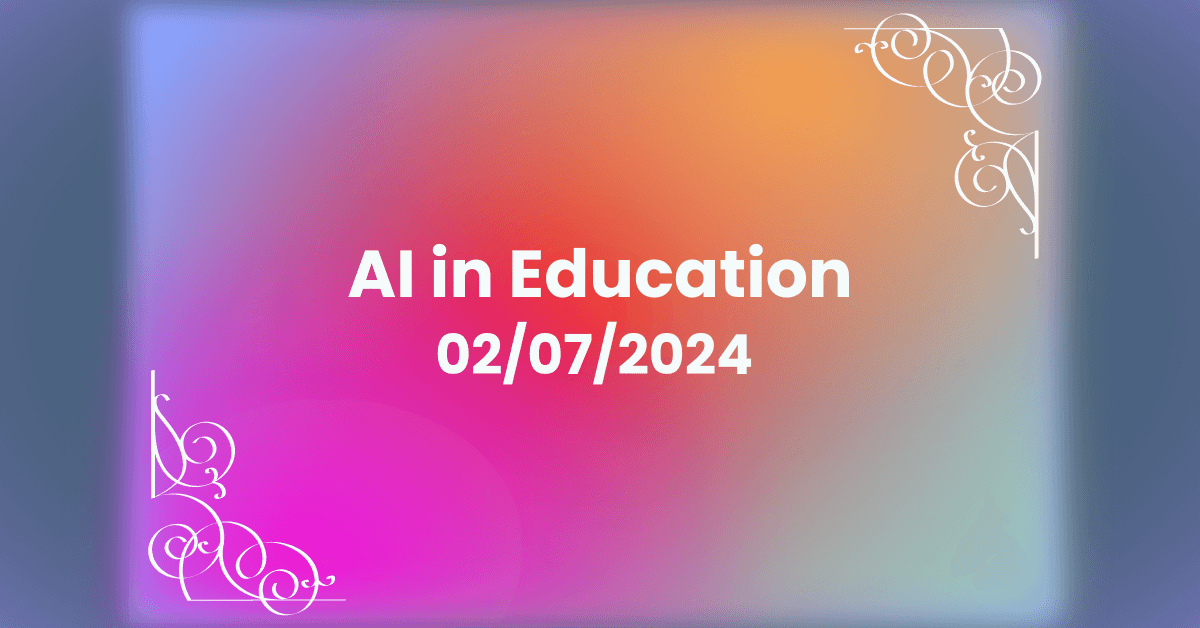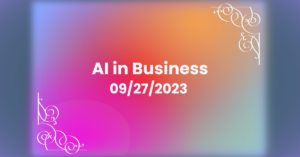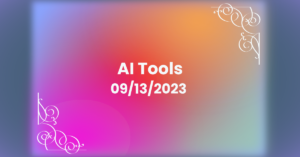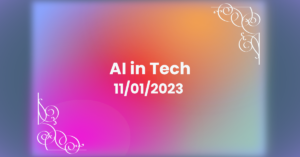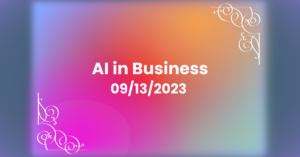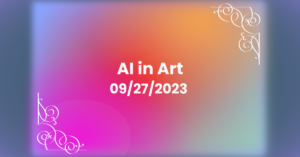AI in Education – February 7, 2024
AI has changed all levels of education, and it’s poised to continue at an ever increasing rate. For this issue of the AI Buzz, we’ll be focusing on two interconnected aspects of AI in Higher Education: plagiarism and measurements.
It shouldn’t be a surprise to anyone that college students have been very eager to experiment with using AI for their academic work. It also shouldn’t be surprising that many college students have tried to pass content completely written by AI as their own. In the world of academia and higher education there is no greater sin than plagiarism. For college students, plagiarism usually results in an automatic course failure, and it can sometimes lead to complete dismissal from the academic institution. In a recent case that’s made the news, Claudine Gay resigned as the president of Harvard following accusations of plagiarism.
This brings up a very interesting question for those within Higher Education institutions. In the world of AI, what does plagiarism mean exactly? Do we consider a work plagiarized if any amount of its content was generated by AI? Should we ban all use of AI by university students? Put another way, how much of a paper, essay, etc. needs to be written by a human for it to be original.
Academics are trained to cite sources that are summarized or paraphrased. At its core, AI is a paraphrasing machine. If you ask it a question about a specific historical event, for example, all the information it gives you has been synthesized and is being paraphrased by the AI. How are students supposed to properly cite those sources? This is a very complex topic. If we’re going to find the answers, we need to think critically about why students write papers and essays in the first place.
The main goal in asking students to write anything is to a) measure their mastery of the material in question and b) train them to write and communicate their ideas and arguments effectively. The arrival of AI doesn’t change these goals, but it likely changes how we achieve them. A big part of this shift will require us to spend some amount of time helping students learn how to use AI. At the moment AI is prone to hallucination and sometimes simply makes up “facts” and “events.” Students need to know how to read and analyze AI output critically.
If we aren’t going to completely ban AI in higher education, and I don’t think that we should, we’ll need to reevaluate both what plagiarism means as well as traditional methods used to measure material mastery among students. Rather than relying so much on out-of-class essays and papers, professors will need to take a more holistic approach. Perhaps undergraduate courses begin to look more like graduate courses: more discussion, debate, presentations, etc. Beyond just writing a paper, students can present their ideas, take part in discussions and debates, and answer questions about their research. All of this taken together helps to show whether or not a student has mastered the material. It also helps them hone their ability to communicate.
It’s clear that AI is changing higher education, especially when it comes to spotting plagiarism. But it’s not just about catching cheaters; it’s about rethinking what originality and measurement mean in the age of AI. Educators’ goals remain the same: make sure students master the material and can communicate it effectively. With the advent of AI, our approach has to be more creative. That means moving away from just essays and papers as the main measure of understanding. Instead, we’re talking about more hands-on, practical ways for students to show what they know, like giving presentations, joining discussions, and diving into debates. It’s about showing not just what you know, but how you can use it in the real world.

